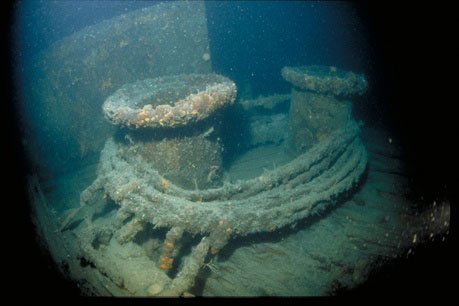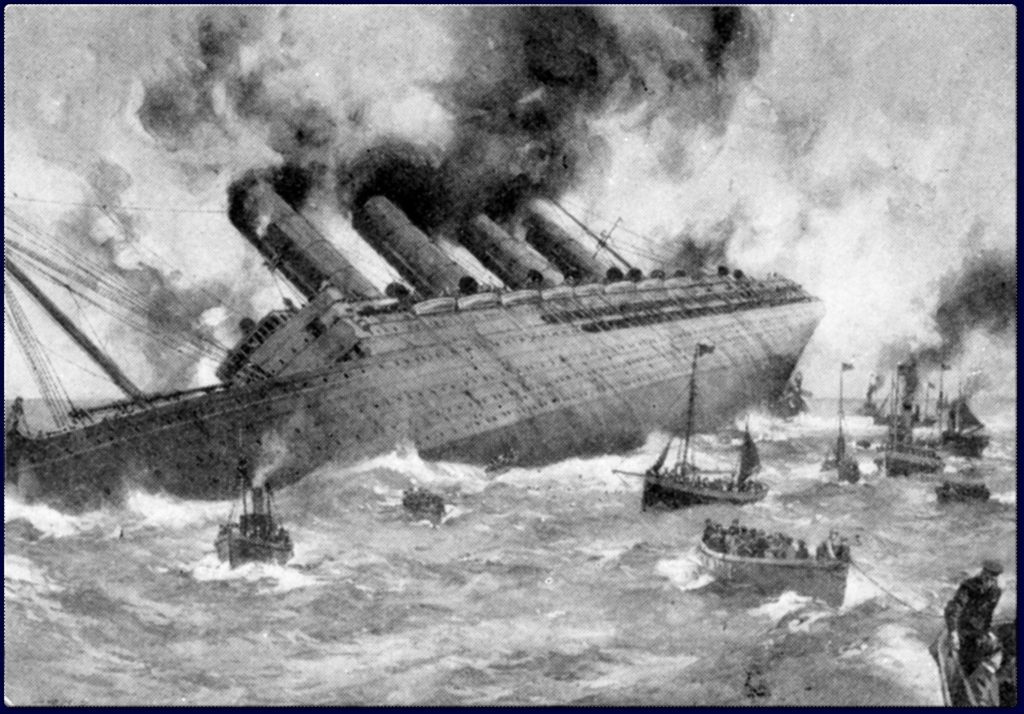In Larson’s latest, he manages to bring tension worthy of The Hunt for Red October or Das Boot to a pivotal day in May 1915. Two vessels, unaware of their fates, barrel toward an outcome the reader knows all too well. Despite the fact most are aware of at least the basics of the sinking of the Lusitania, Larson presents the history in the way he does best — with layers, multiple perspectives, varying narrators and impeccable timing.
World War I was less than a year old and America was still adhering to its isolationist policies. President Wilson had recently lost his wife, Ellen, and was in no state of mind to handle the increasing tension. Meanwhile, u-boats terrorized the seas and had the potential to starve the island of Britain.
It was in this unhappy climate that the Lusitania set sail from New York on May 1, 1915. Many of its occupants considered the trip business as usual, with only an unlikely hint of danger. Larson himself seems to be surprised by the lack of concern the collective public had for its safety. Though the tragedy of the Titanic was hardly in the distant past, travellers thought the lessons from that trip had been learned. Not to mention, the Lusitania, at full speed, was faster than any known submarine or torpedo. They could simply outrun any danger.
Larson unfolds these assumptions one by one, showing just how bare the Lusitania was. He has combed through newspaper reports and telegrams, of course. But he has also sifted through the diaries of passengers (those who survived and those who didn’t), letters of the families, ship logs, and even anecdotes. The author also opens a secret file on Room 40, a completely covert team within the British government that oversaw the Admiralty. This small group of high-ranking men made the tactical decisions that almost no one knew about. Churchill was of course one of these men.

Perhaps most startling to discover was how very quickly the ship went down. Even with calm and orderly passengers and a top crew, it takes time to fill lifeboats and get them to the water below. The Lusitania had neither of these, nor did it have any time. It took just 18 minutes from the time of the torpedo’s impact to the ship being completely underwater. And for less than half of that time was the boat in any position to lower lifeboats. The damage cause the ship to list severely.
Thankfully, the day was relatively mild and the sun was out. Those that made it to a lifeboat or even a piece of floating debris were picked up by one of the many boats that came to the rescue.
This is the best Larson has written since The Devil In the White City. He has found the perfect mixture of humanity, intrigue, danger, and lost history to create a compelling narrative. Even though the reader “knows how it ends”, we don’t. Not really. We think we know but Larson once again shows us so much more.
My sincere thanks to Crown Publishing for the review copy.
Hardcover: 448 pages
Publisher: Crown (March 10, 2015)
Language: English
ISBN-10: 0307408868
ISBN-13: 978-0307408860
Product Dimensions: 1.1 x 1.1 inches


